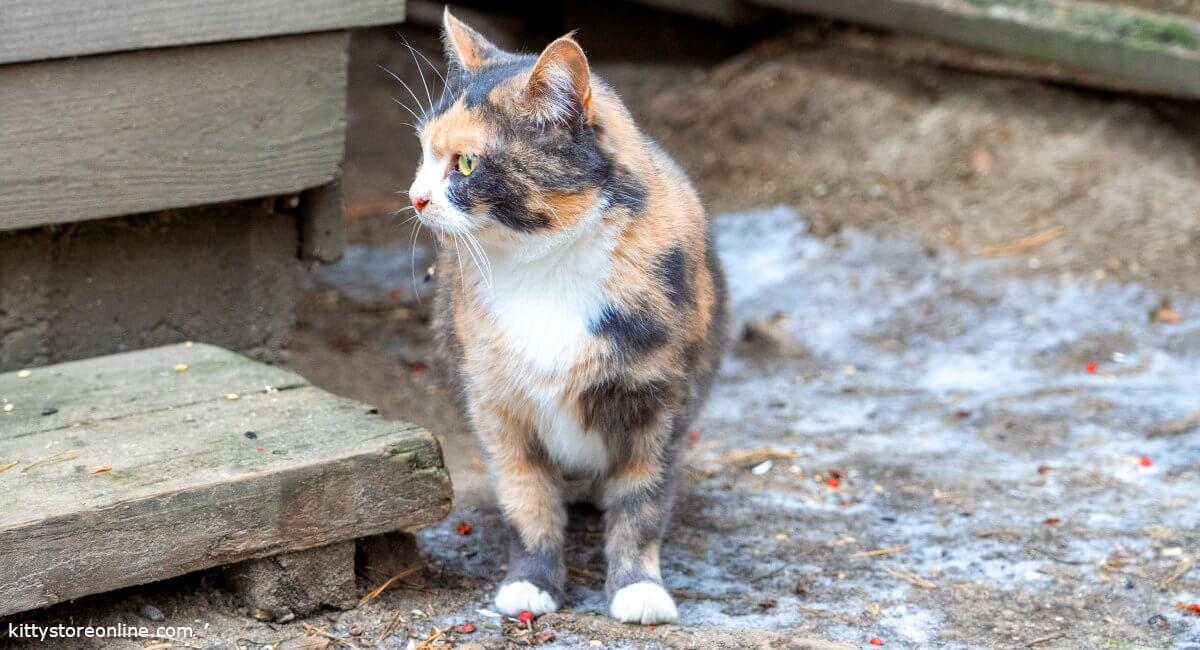Rabies is a life-threatening disease that affects not only animals but also humans. It is caused by the rabies virus (Rabies virus) and attacks the nervous system. The risk is particularly high in cats, as they often come into contact with wild animals that can transmit the virus.
What is rabies?
Rabies is a fatal infectious disease that is transmitted via saliva from a bite or scratch. It can affect both domestic cats and wild animals. The virus causes inflammation in the brain and leads to death without treatment. What is particularly dangerous is that the disease can also be transmitted from cats to humans, making it a zoonosis.
Why is rabies dangerous for cats and humans?
An infected cat can transmit the virus to humans. If left untreated, the disease is always fatal. A rabies vaccination is therefore the best protection for your cat and at the same time protection for yourself. As symptoms only appear late, it is important to act immediately if you suspect the disease.
How does rabies develop?
Rabies is caused by the rabies virus, which is mainly transmitted via the saliva of infected animals. A bite, scratch or contact with an open wound is sufficient. Wild animals such as foxes, raccoons and bats are common carriers. Outdoor cats that may encounter wild animals outside are particularly at risk.
Symptoms of rabies in cats
The symptoms of rabies in cats develop gradually. In the first few days, the cat shows unusual behavior, such as strong aggression or withdrawal. Later, paralysis, convulsions and salivation appear. Once these symptoms are visible, the disease is no longer curable.
What signs indicate that a cat has rabies?
Typical signs are heavy salivation, seizures and behavioral changes. Aggressive or extremely shy behavior can be indications of an infection.
How long does it take for symptoms to appear in an infected cat?
The incubation period ranges from 10 days to several months. This period depends on the location of the bite and the amount of virus. During this time, the cat may already be contagious.
Prevention: protective measures against rabies
Rabies vaccination for cats
The rabies vaccination is the most important protection for your cat. It is particularly important for outdoor cats. Indoor cats should also be vaccinated if they are traveling abroad. This also applies if they have contact with potentially infected animals. Vaccination protection is maintained by regular boosters.
How often does a cat need to be vaccinated against rabies?
Vaccination is usually carried out once a year or every three years, depending on the vaccine used. Your vet will give you detailed information on this.
How much does a rabies vaccination cost for cats?
The cost of a rabies vaccination is between 30 and 50 euros. This includes the examination of the cat and the administration of the vaccine.
Caution with outdoor cats
Outdoor cats are exposed to an increased risk as they can encounter wild animals outside. Even in rabies-free regions there is a residual risk. Even indoor cats are not completely safe if they escape.
Can indoor cats become infected with rabies?
Yes, even indoor cats can become infected if they come into contact with infected animals. This can happen, for example, if a bat gets into the house.
Suspected rabies: what to do?
Behavior in the event of a bite or scratch from a cat
A cat bite or scratch should always be taken seriously. This is especially true if the cat is unvaccinated. The cat’s contact with wild animals also plays an important role. Wash the wound thoroughly immediately and consult a doctor or vet.
What should I do if my cat has bitten an animal suspected of having rabies?
Inform the vet immediately. The cat may be quarantined to ensure that it cannot transmit the virus.
Can rabies be transmitted through a cat bite or scratch?
Yes, the rabies virus can be transmitted to humans via a cat bite or scratch. Bites to the face or hands are particularly dangerous.
Dealing with infected cats
If rabies is suspected, the cat is isolated to prevent transmission. Unfortunately, there is no cure once symptoms appear.
What happens if a cat has rabies?
A cat with rabies must be euthanized for safety reasons. The virus is highly contagious and poses a risk to other animals and humans.
Does a cat with rabies have to be put down?
Yes, there is no other way to prevent the spread of the disease. This is required by law.
Legal regulations on rabies vaccination for cats
In many countries, including Germany, rabies vaccination is not compulsory for cats. However, it is a prerequisite for traveling abroad and is strongly recommended, especially in risk areas.
Is the rabies vaccination compulsory for cats?
There is no general vaccination requirement in Germany. However, in some countries and regions that are considered risk areas, vaccination is mandatory.
Which countries are considered rabies-free?
Rabies-free countries include Great Britain, Australia and New Zealand. Travel to these countries is only possible with a valid vaccination certificate.
Importance of prevention and quick action
Rabies is a serious danger for cats and humans. You can protect your cat and yourself by vaccinating against rabies. Quick action in the event of a suspected case is crucial to prevent further transmission, keep your cat’s vaccination up to date and avoid contact with wild animals. Keep a close eye on your cat if it shows any changes in behavior. If in doubt, it is better to visit the vet once too often than too little.
